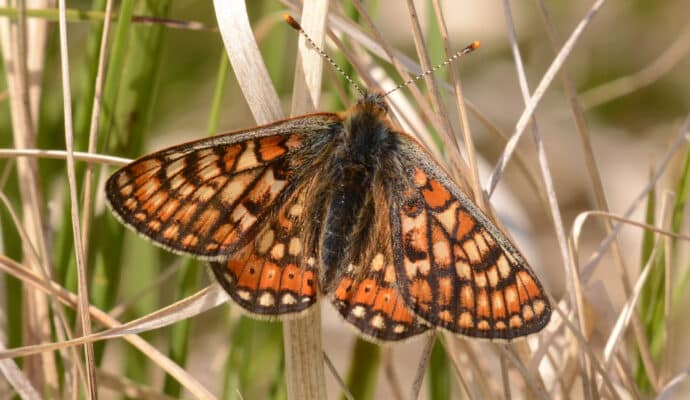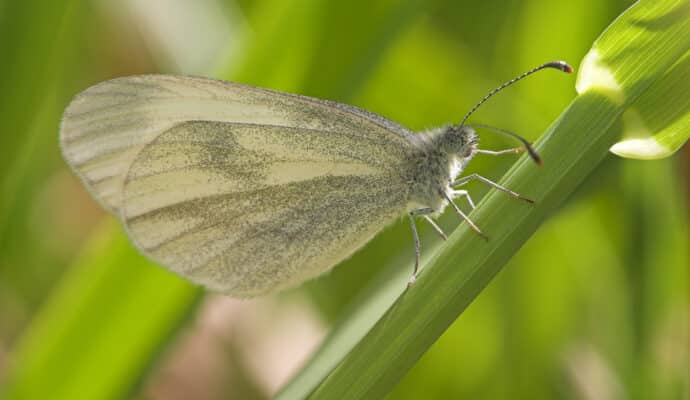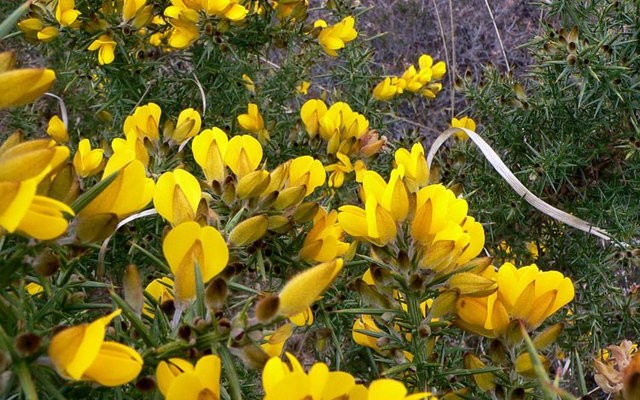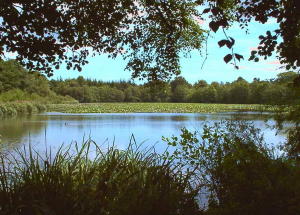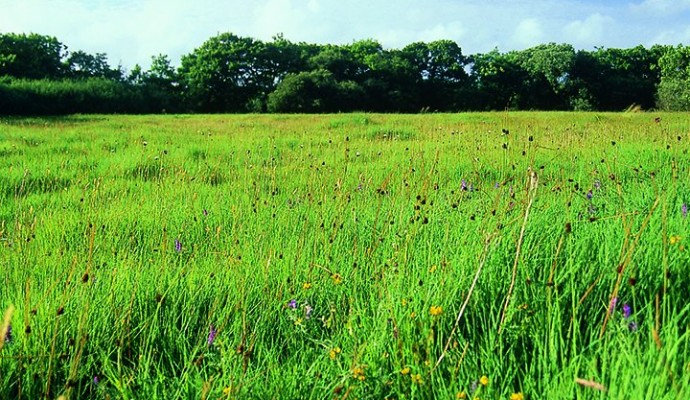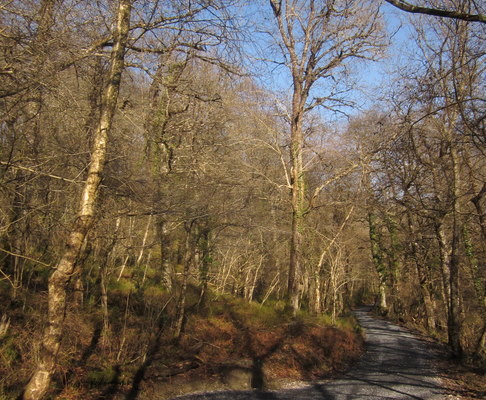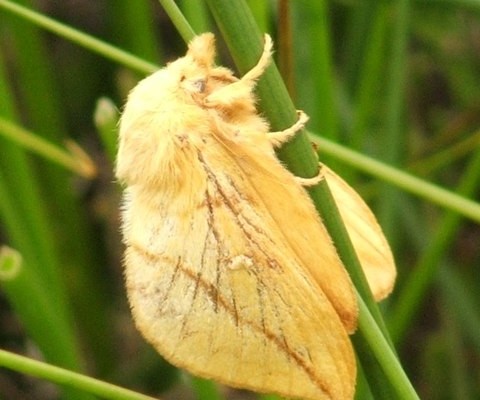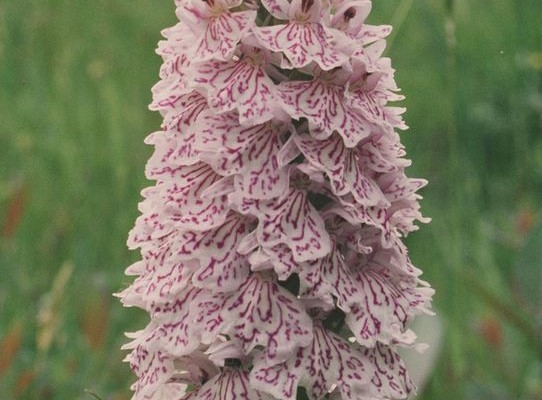Heaths in Devon
Heath wildlife areas in Devon are distinctive, open landscapes dominated by low-growing shrubs such as heather, gorse, and bilberry. Found mainly on poor, acidic soils, these heathlands—particularly prominent in places like East Devon and Dartmoor—support a unique range of wildlife adapted to these nutrient-poor conditions. Species such as the Dartford warbler, nightjar, and silver-studded blue butterfly thrive in this habitat, making it a vital refuge for rare and specialist fauna. Rich in ecological value and cultural heritage, Devon’s heathlands are the result of centuries of traditional grazing and burning practices, and their continued conservation is essential for maintaining biodiversity and supporting climate resilience.
